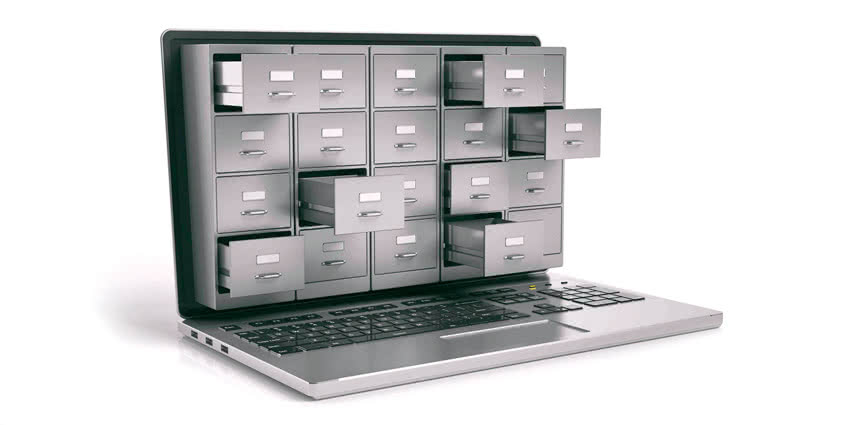Archiving – Its Challenges and Value
Generally, there are two reasons organizations undertake archiving. First, organizations must save and make available information that is evidence of a business function. Such information is crucial to ensuring the organization adheres to a regulatory environment. Second, organizations should save specific information that has enduring value to the organization. Typically, this second reason for archiving aligns with a desire to ensure the organization’s historical origins are documented. In much the same way a historical museum showcases artifacts, a corporate archive showcases artifacts specific to its origins. For example, Wells Fargo Bank has 12 museums that also double as corporate archives. Perhaps their most recognizable artifacts are old stage coaches used while conducting business. In the business world, “archiving” might seem straightforward. For example, Secure Data Management, an industry leader in offsite digital storage solutions, defines archiving as “the process by which inactive information, in any format, is securely stored for long periods of time. Such information may (or may not) be used again in the future, but nonetheless should be stored until the end of its retention schedule.” Although this definition alludes to records management principles, i.e. the retention schedule, there are other references that point to the complexity of the root word—archive. The Society of American Archivists defines archive as “to transfer records from the individual or office of creation to a repository authorized to appraise, preserve, and provide access to those records.” This definition expands archiving by indicating that ownership and control of the information is vital to the business’ functions.
These two definitions also comport with the International Organization for Standardization’s definition of a record. Known as ISO 15489-1:2001, this standard defines records as “information created, received, and maintained as evidence and information by an organization or person, in pursuance of legal obligations or in the transaction of business.”
Of the three definitions listed above, this last one is the most crucial and presents the most challenges. Legal obligations and business transactions are often intertwined. In the healthcare industry, PHI and PII records must be used and stored in specific formats and locations that ensure their use and storage adheres to the regulatory environment created by laws such as HIPAA. The primary challenge is the volatility of today’s electronic information. If not archived according to laws, the entity using the essential or vital records can become subject to fines, sanctions and other legal consequences.
recent posts
You may already have a formal Data Governance program in [...]

